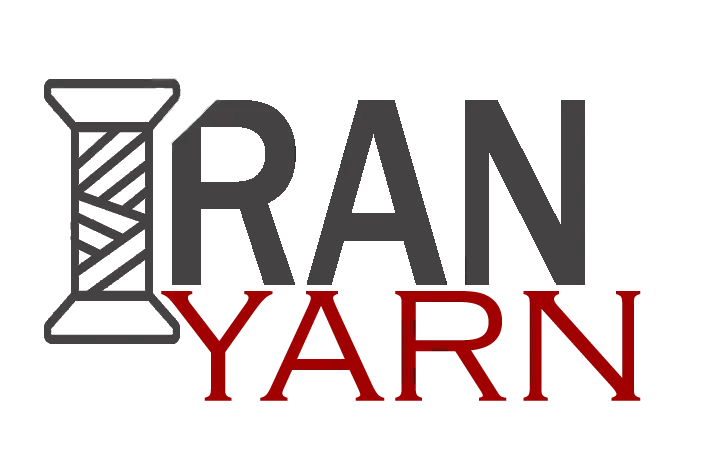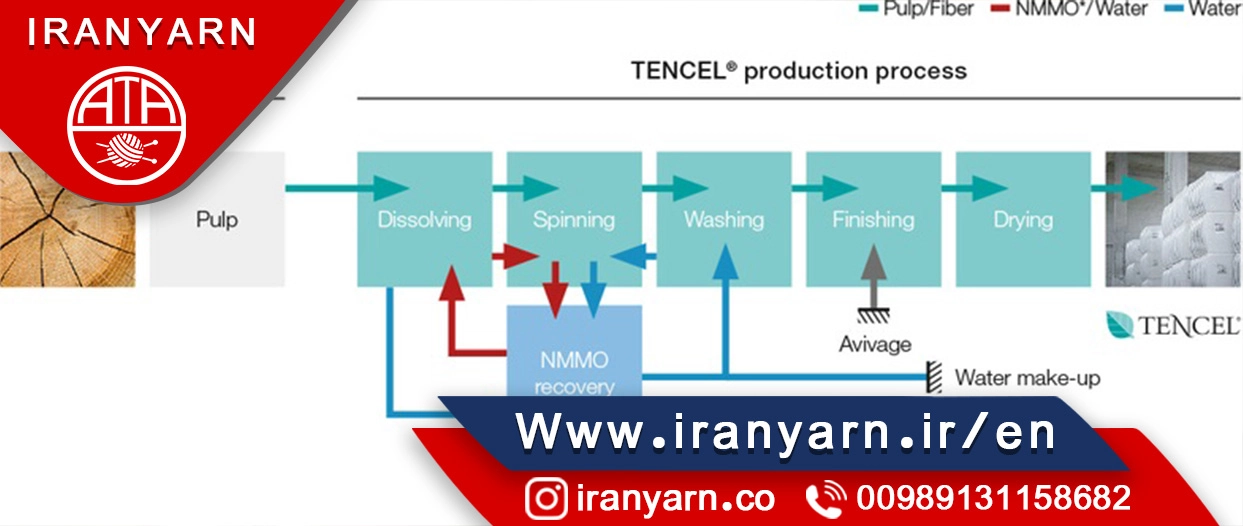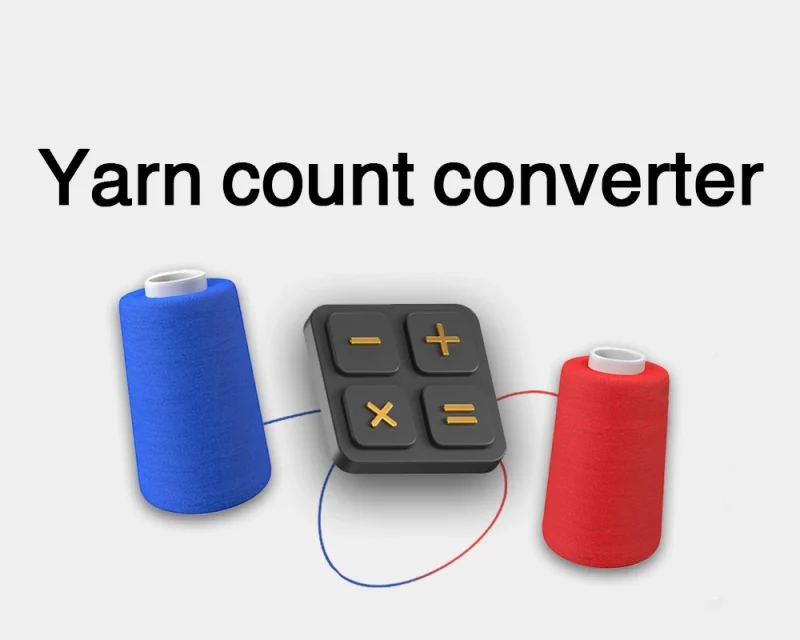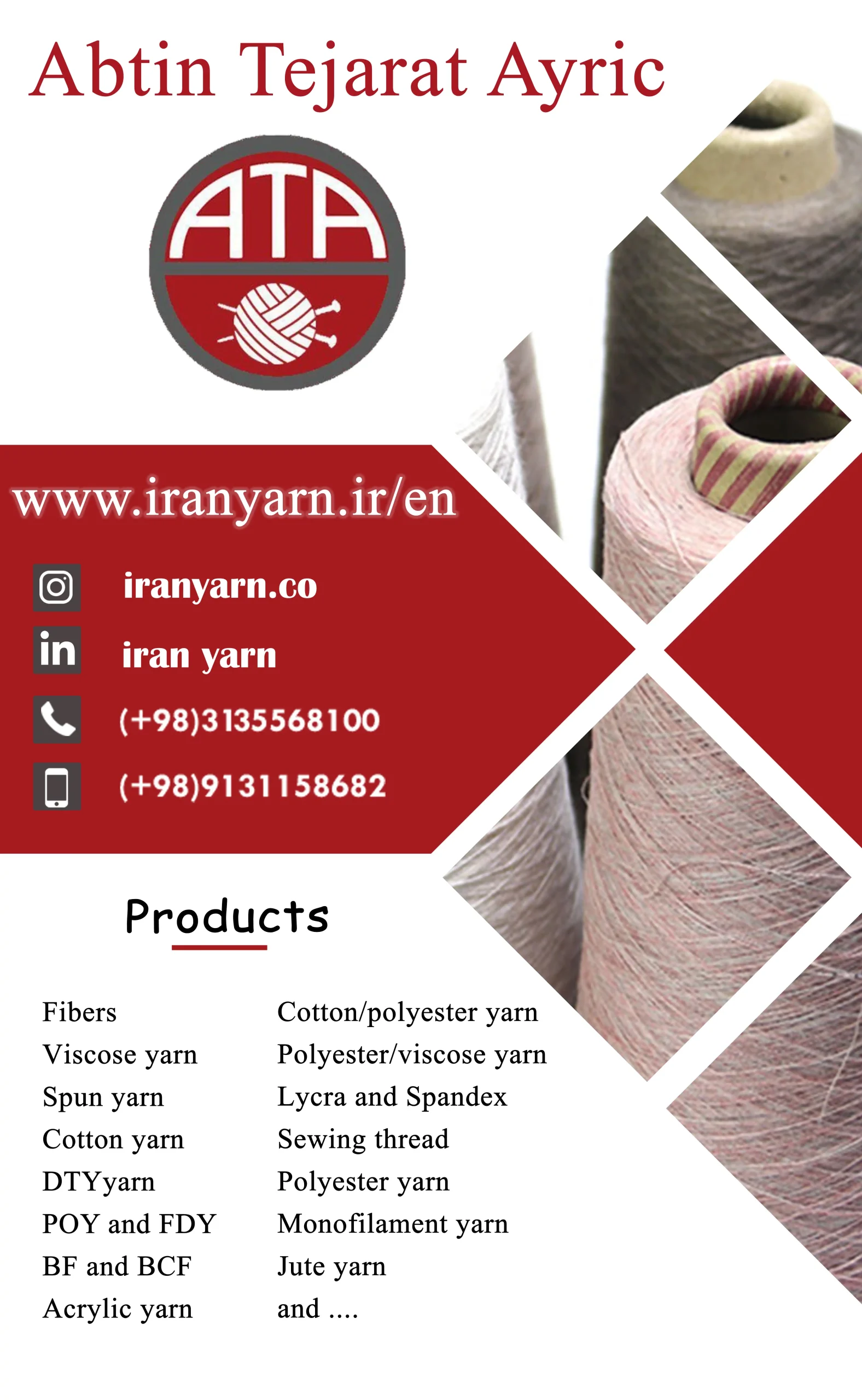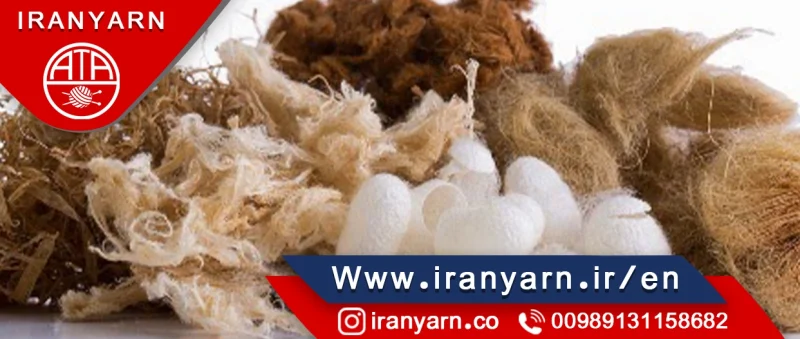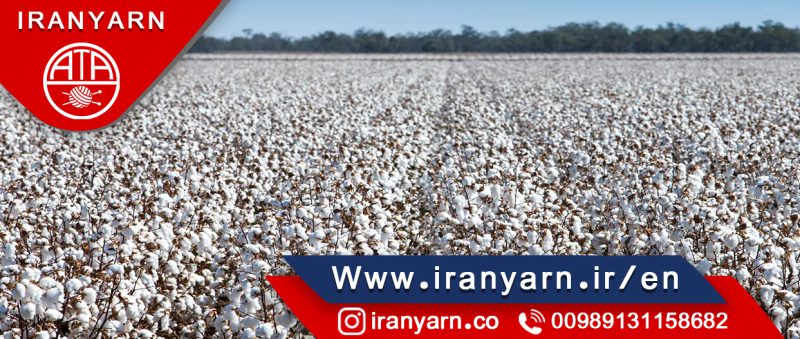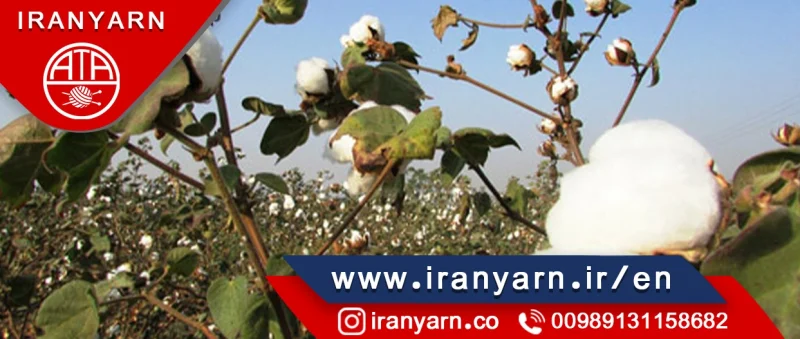dissolution
Cellulosic raw materials for rayon, wood chips (usually from spruce or pine), or cotton fibers are used to produce pure cellulose sheets (containing 87-98% cellulose). Then, they are bleached with sodium hypochlorite (NaClO) to remove the natural color. These cellulose sheets are broken into cellulose pieces in 18% caustic soda for one to two hours, then placed under controlled temperature and humidity for two or three days. Liquid carbon disulfide is added to cellulose flakes, converting it into cellulose xanthate, a brittle bright orange material. These pieces are dissolved in a diluted caustic soda solution and transformed into a thick solution known as viscose, which resembles the color and texture of honey. Alkaline cellulose sheets are produced by soaking them for 2 hours and then removing excess alkali through pressure.
extrusion
After filtering the viscose solution, it is placed under vacuum to remove air bubbles that weaken the rayon filament. The cellulose xanthate is pumped through spinnerets and coagulated in a sulfuric acid bath to produce 100% cellulose filaments. During this stage, modifications and adjustments to techniques, as well as the additive materials, can impact the properties of viscose, such as luster, strength, softness, and dyeability.
Purification
Once the viscose has been extruded, it needs to be purified and solidified. This involves washing it thoroughly with a diluted solution of sodium sulfide to remove any sulfur impurities. If necessary, the viscose may also undergo a bleaching process to remove any yellow tinge and ensure that it has a consistent white color. Finally, it will receive a final wash before it is ready to be used.
